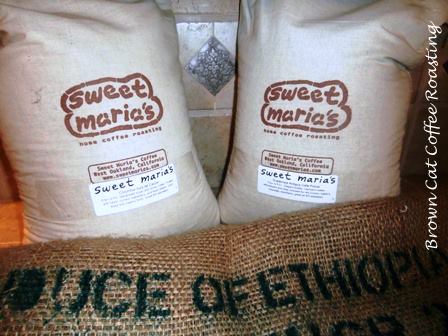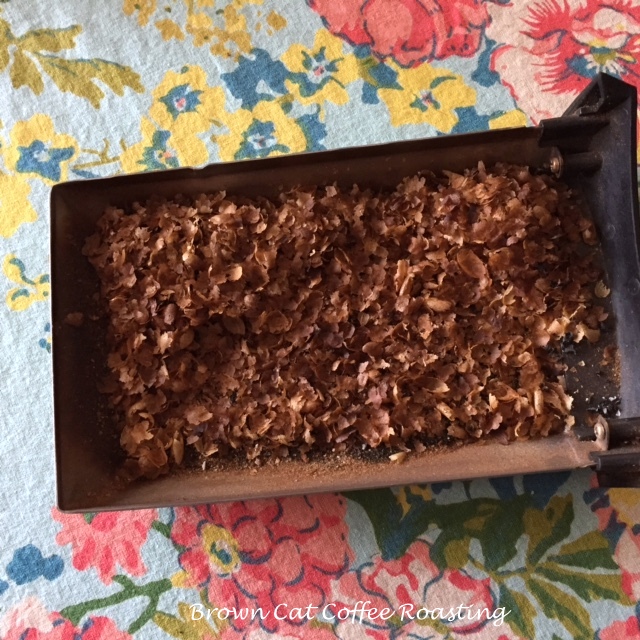At any rate, I am always asked to share the recipe. It is so incredibly easy and the amounts can be multiplied many times to accommodate the crowd you are serving. Here is the basic recipe which serves about 4 people. The amounts do not have to be exact; you will see the measurements are pretty vague. The size of the bowl and your personal preference for banana/graham cracker ratio are all factors.
1 large box instant vanilla pudding mixed according to package directions
1 cup whipped topping
2-3 bananas
crushed graham crackers
fruit fresh
Add whipped topping to prepared banana pudding; blend well
Place a layer of crushed graham crackers in the bottom of bowl.
Add a layer of sliced bananas; sprinkle with fruit fresh (unless you are eating this immediately)
Add a layer of pudding/whipped topping
Continue the layering as many times as necessary. I like to end with pudding and top with graham crackers. I think it makes a better presentation.
****This is not a dessert that holds for a long period of time; it will get soggy so plan on serving in a few hours.
****Choose low fat milk and sugar free pudding for a lower calorie option.
The pictures show a LARGE quantity I made for a wedding reception. This is also the amount I make at school--serving about 60 people. SUPER easy!
 |
| Supplies for a crowd! |
 |
| Not going to lie; this makes a big mess! |
















































